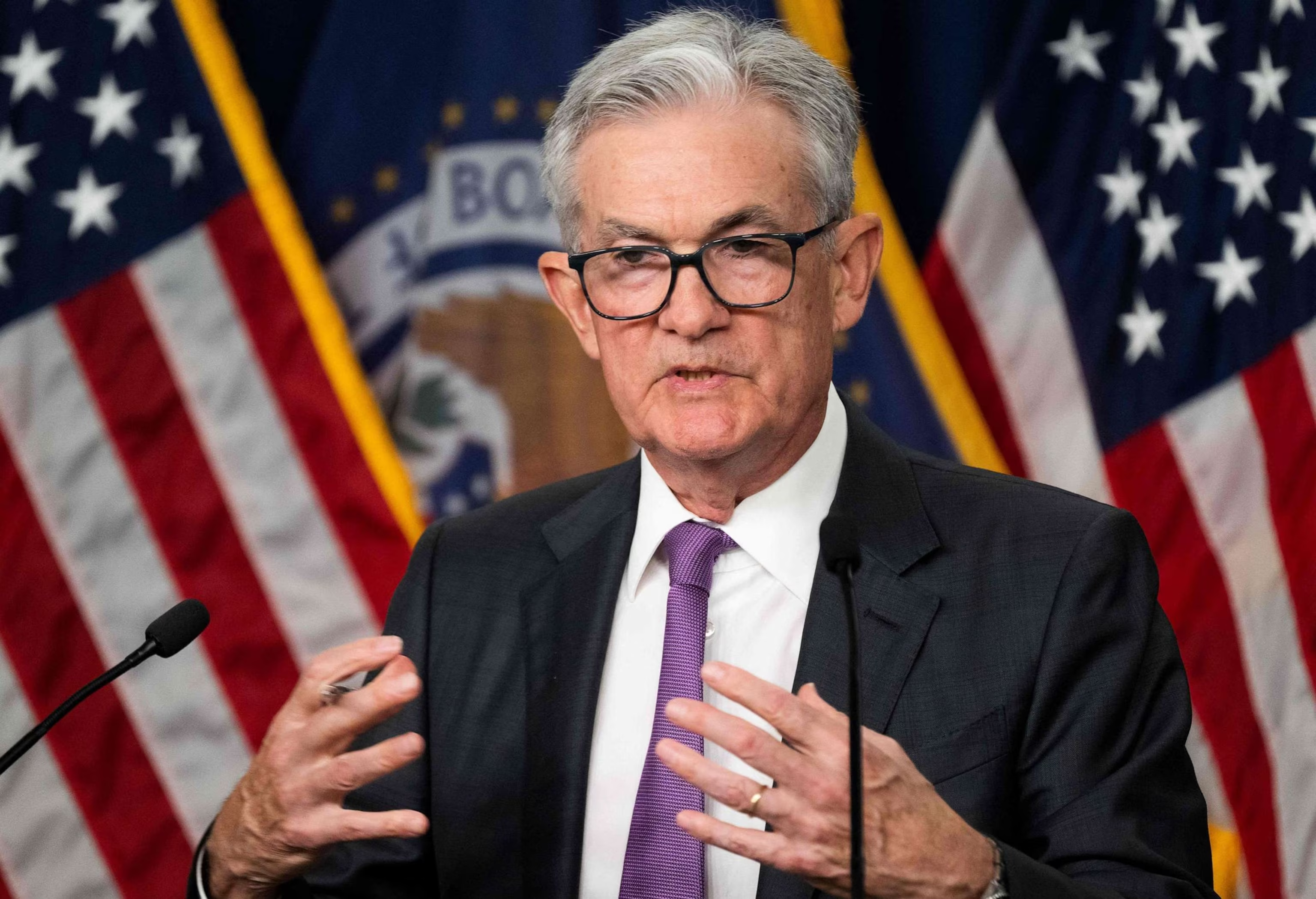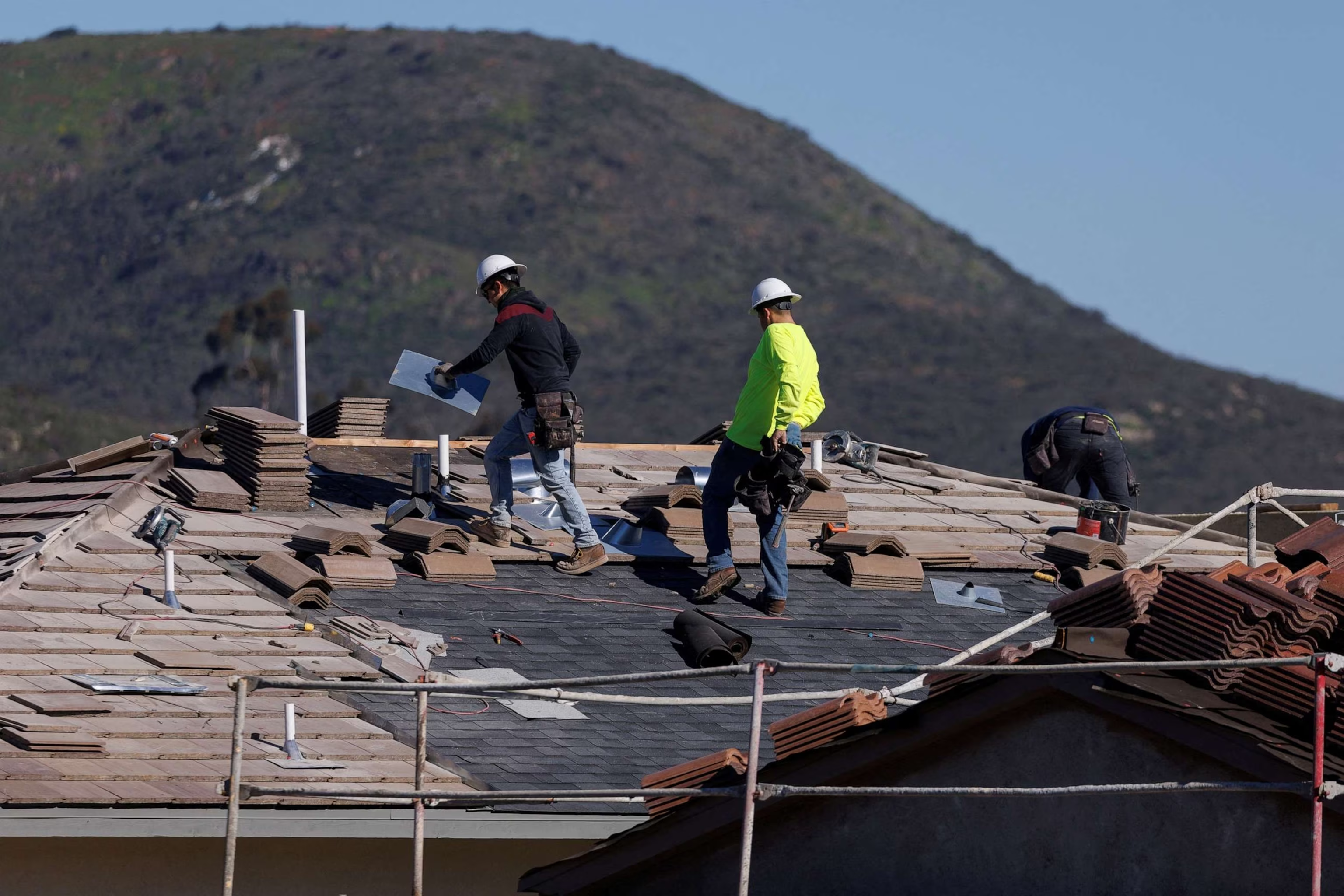Fed to decide on rate hike as rising inflation challenges optimism
Upon announcing the Federal Reserve's latest rate-hike decision in July, Fed Chair Jerome Powell spoke at a lectern in Washington D.C. for 33 minutes before he dropped a bombshell: The central bank's staff had abandoned its forecast of a recession.
Staff at the Fed, in other words, now expect the central bank to achieve a "soft landing," an outcome in which the U.S. brings down inflation while avoiding a downturn.
As the Fed stands poised to announce another rate-hike decision on Wednesday, however, that glide path has run into turbulence.
Inflation has ticked up for two consecutive months, reversing some of the progress made in the effort to bring price increases down to normal levels. Meanwhile, oil prices have soared, threatening to push inflation even higher.
On top of that, a strike launched by thousands of autoworkers on Friday risks choking off the supply of cars and elevating prices, further endangering the inflation fight, economists previously told ABC News.
MORE: Inflation ticked up for 2nd consecutive month in August
The move made by the central bank on Wednesday will help determine whether price increases resume their slowdown and the economy sails past a recession, or if instead stubbornly high inflation lingers and the risk of a downturn deepens.

Economists surveyed by Blooomberg expect the Fed to leave its benchmark interest rate unchanged, affording policymakers time to weigh their next move as a rapid series of previous rate hikes takes full effect.
"The Fed wants to get more information to calibrate when exactly they want to stop raising rates," William English, a professor of finance at Yale University and a former Fed official, told ABC News. "There's a lot of uncertainty."
Across Wall Street and C-suites, observers will closely eye scheduled remarks from Powell on Wednesday for indication about possible additional rate hikes in the coming months or an eventual lowering of rates.
Inflation stands well below its peak last year of over 9% but remains more than a percentage point higher than the Federal Reserve's target rate.
The Fed achieved the cooldown with its most aggressive set of rate hikes in more than two decades, making borrowing costs more expensive for everything from homes to boats in an effort to choke off demand and ease price hikes.
By slowing the economy, the Fed risks pushing it into a recession. "If the economy slows a lot it could topple into a recession without the Fed intending it," English said. "Its control of those things is not very precise."
While the economy has slowed in recent months, it has proven resilient.
Hiring held steady in August with the U.S. economy adding 187,000 jobs, despite a sharp downward revision of job growth estimates in June and July lowered those totals by a combined 110,000 jobs, Bureau of Labor Statistics data showed.

The unemployment rate inched up to 3.8% in August but remains near a 50-year low, the data showed.
MORE: Soaring CEO pay commands spotlight in UAW strike against Big 3 US automakers
A major upward revision of government data showed that gross domestic product increased at a 2% annualized rate for a three-month period ending in March -- a sizable jump from the previous estimate of 1.3%.
Still, U.S. economic growth over the first three months of this year was slower than the 2.6% growth in the previous quarter. In turn, that performance was down from 3.2% growth in the quarter before that.
An economy demonstrating more strength than expected bodes well for workers seeking to extract higher wages from employers to offset losses incurred by the recent bout of inflation, Andrew Levin, an economics professor at Dartmouth College and a former Fed economist, told ABC News.
But the demand for pay increases could put pressure on companies that may feel the need to charge higher prices as a means of addressing ballooning labor costs. In turn, that dynamic could keep inflation stubbornly high and undercut the positive outlook at the Fed, Levin added.
"The problem here is that if the Fed is too optimistic about a soft landing and the plane doesn't land, they're going to have to change course and that could be painful," Levin said. "These are difficult decisions for the Fed."
Disclaimer: The copyright of this article belongs to the original author. Reposting this article is solely for the purpose of information dissemination and does not constitute any investment advice. If there is any infringement, please contact us immediately. We will make corrections or deletions as necessary. Thank you.







